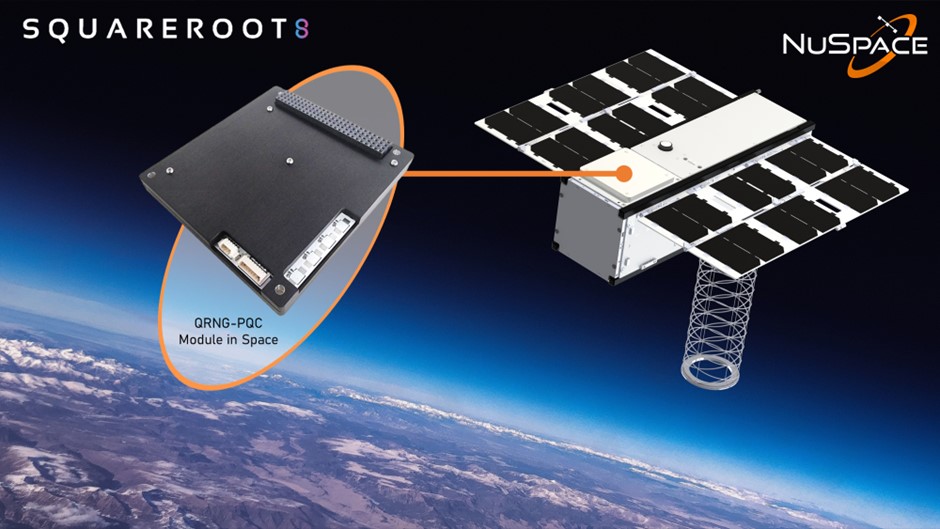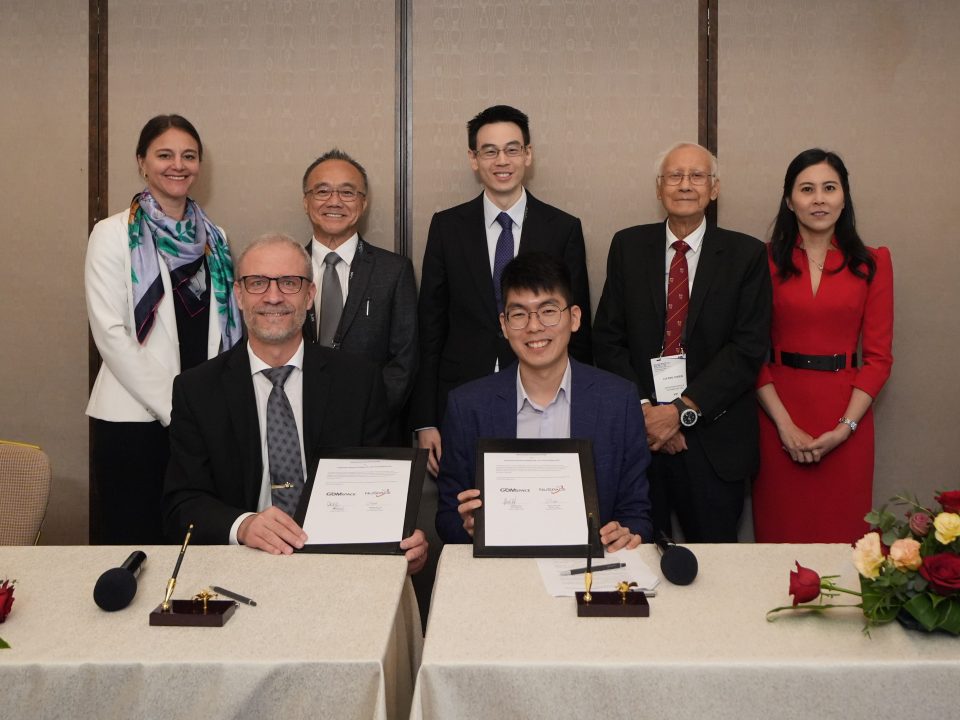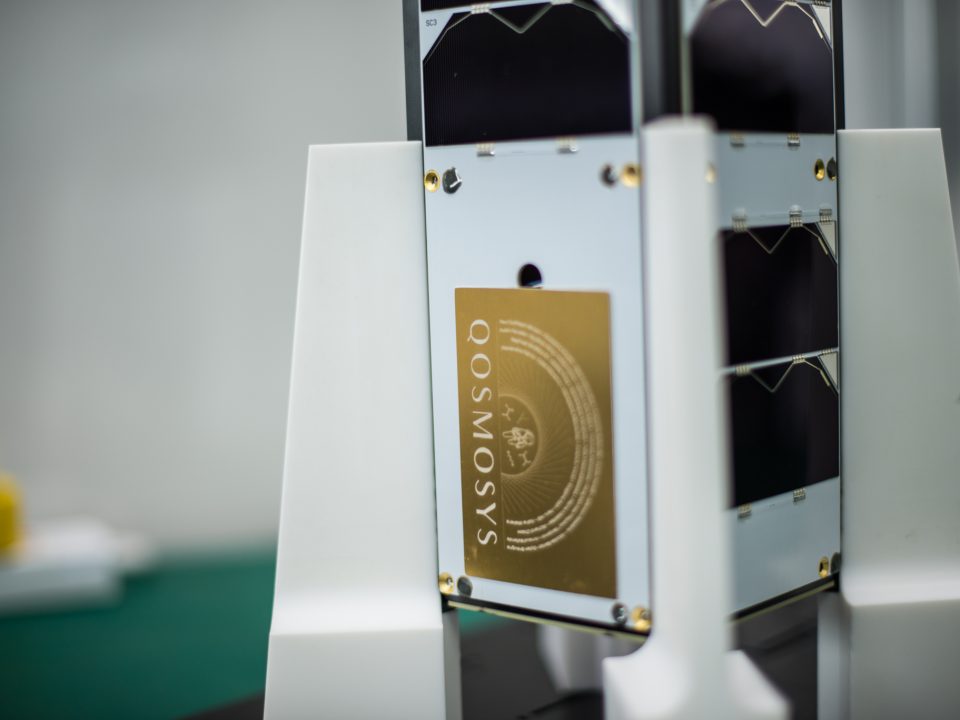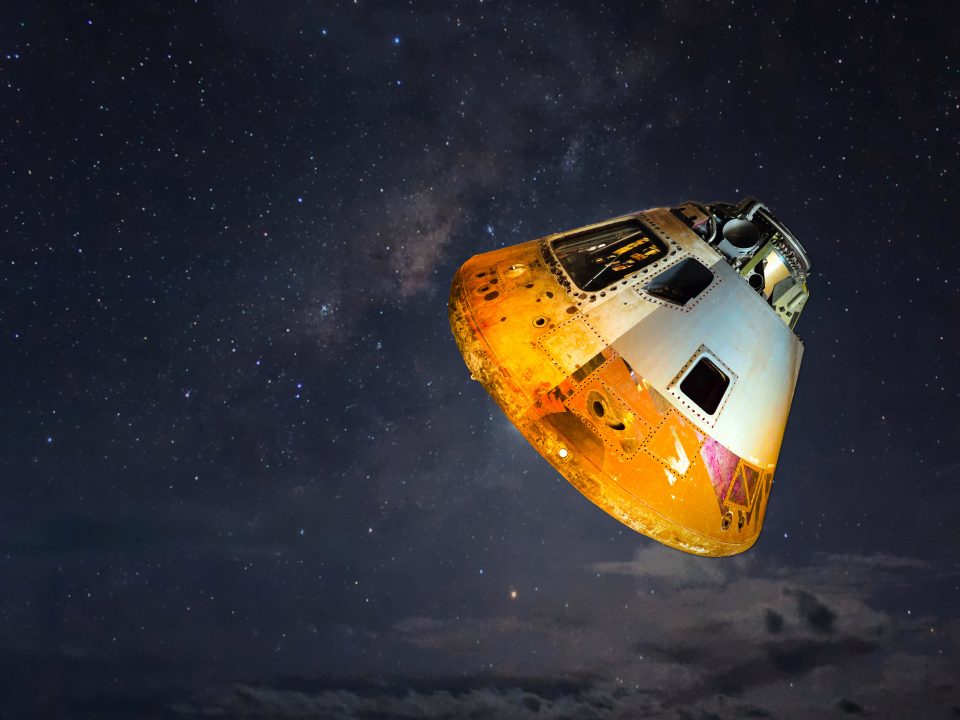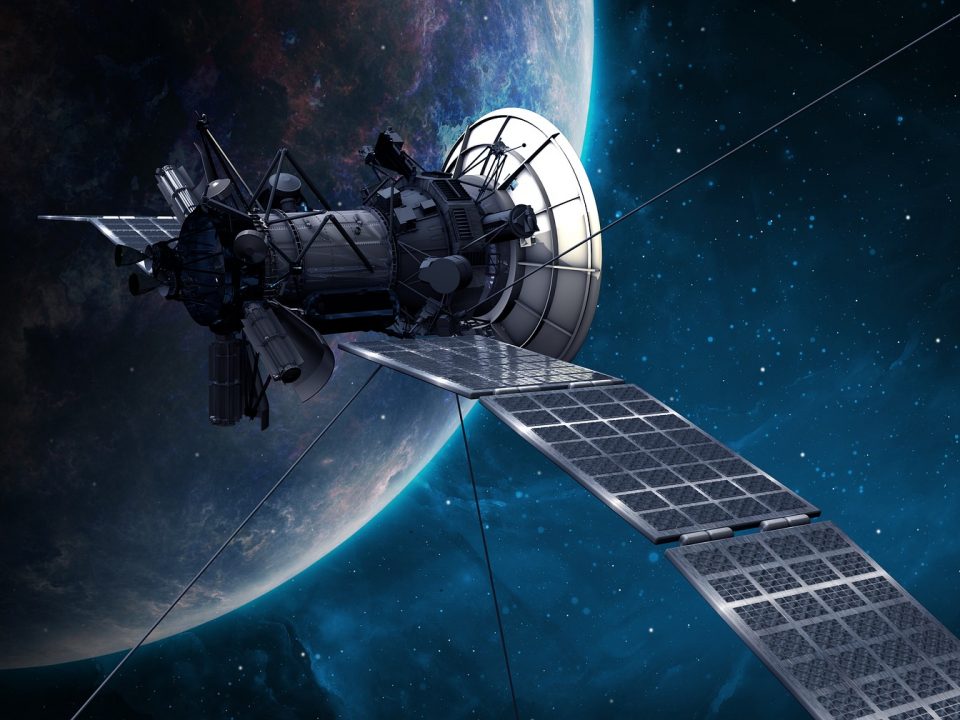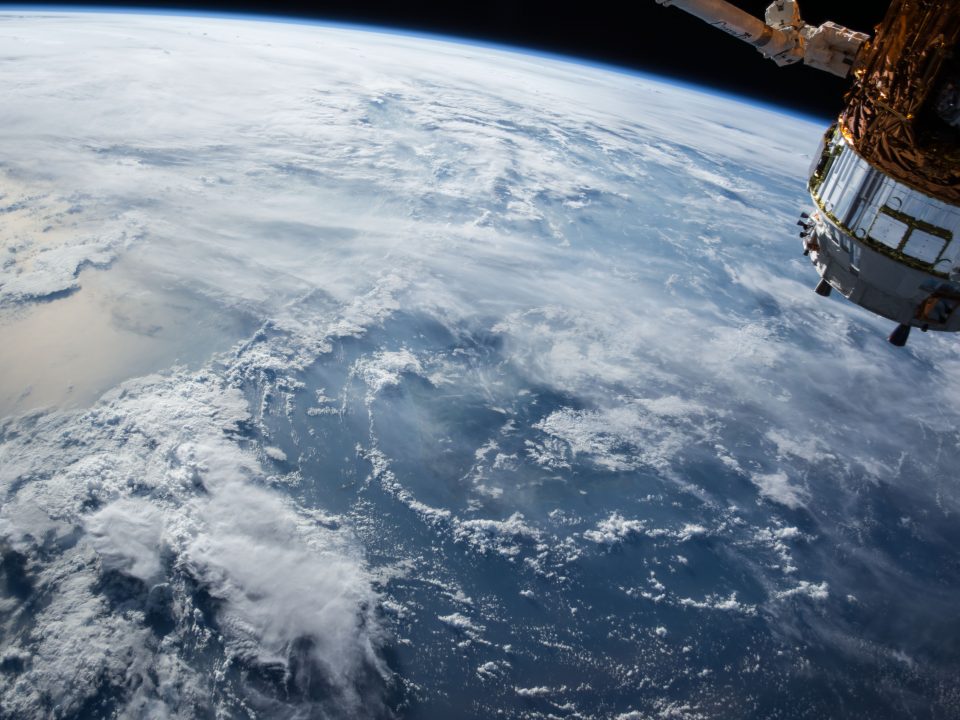What does NuSpace Do?
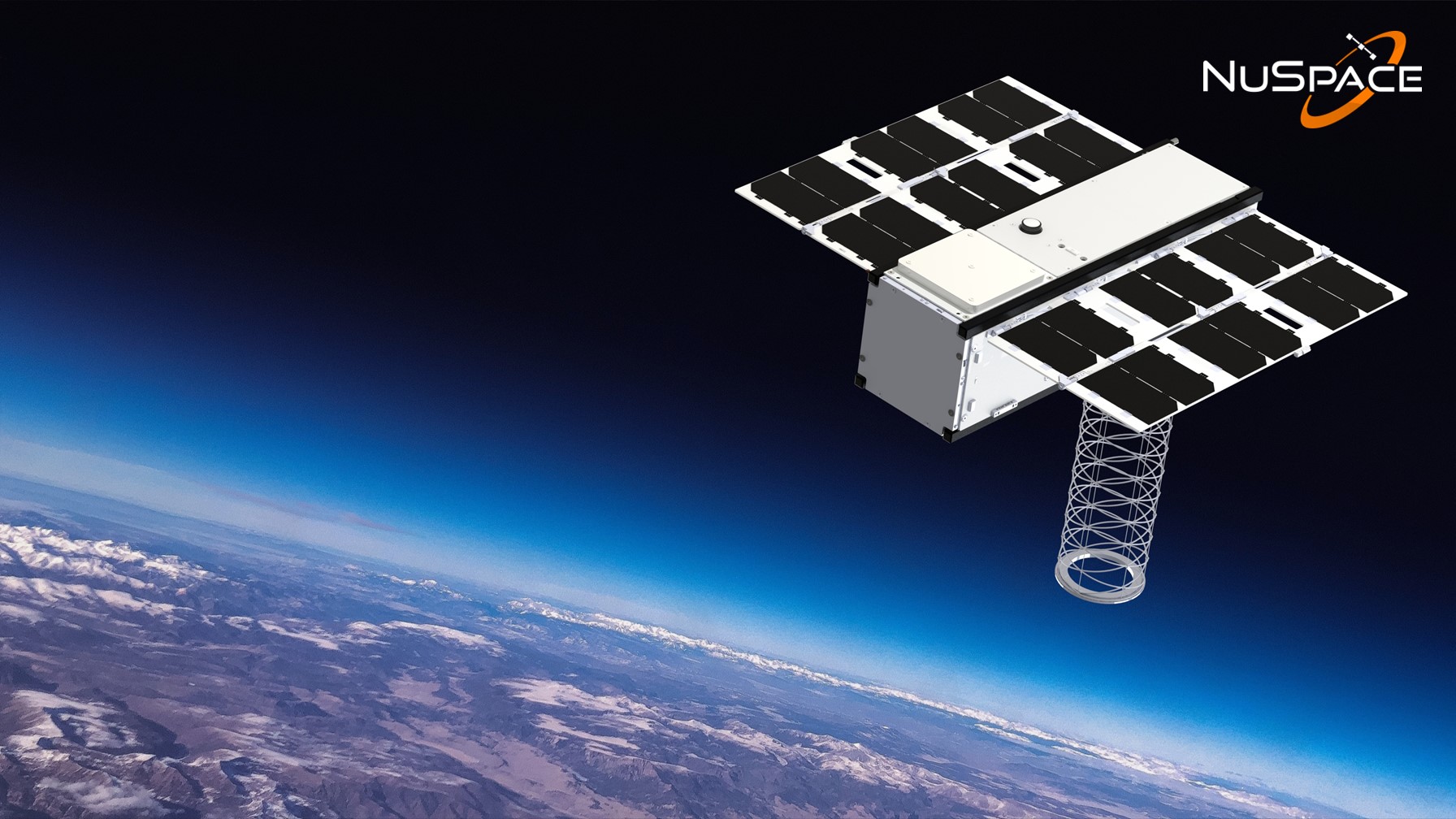
IoT Connectivity Services
NuSpace provides connectivity across the Southeast Asia region, enabling large-scale sensor-to-satellite IoT applications anywhere anytime.
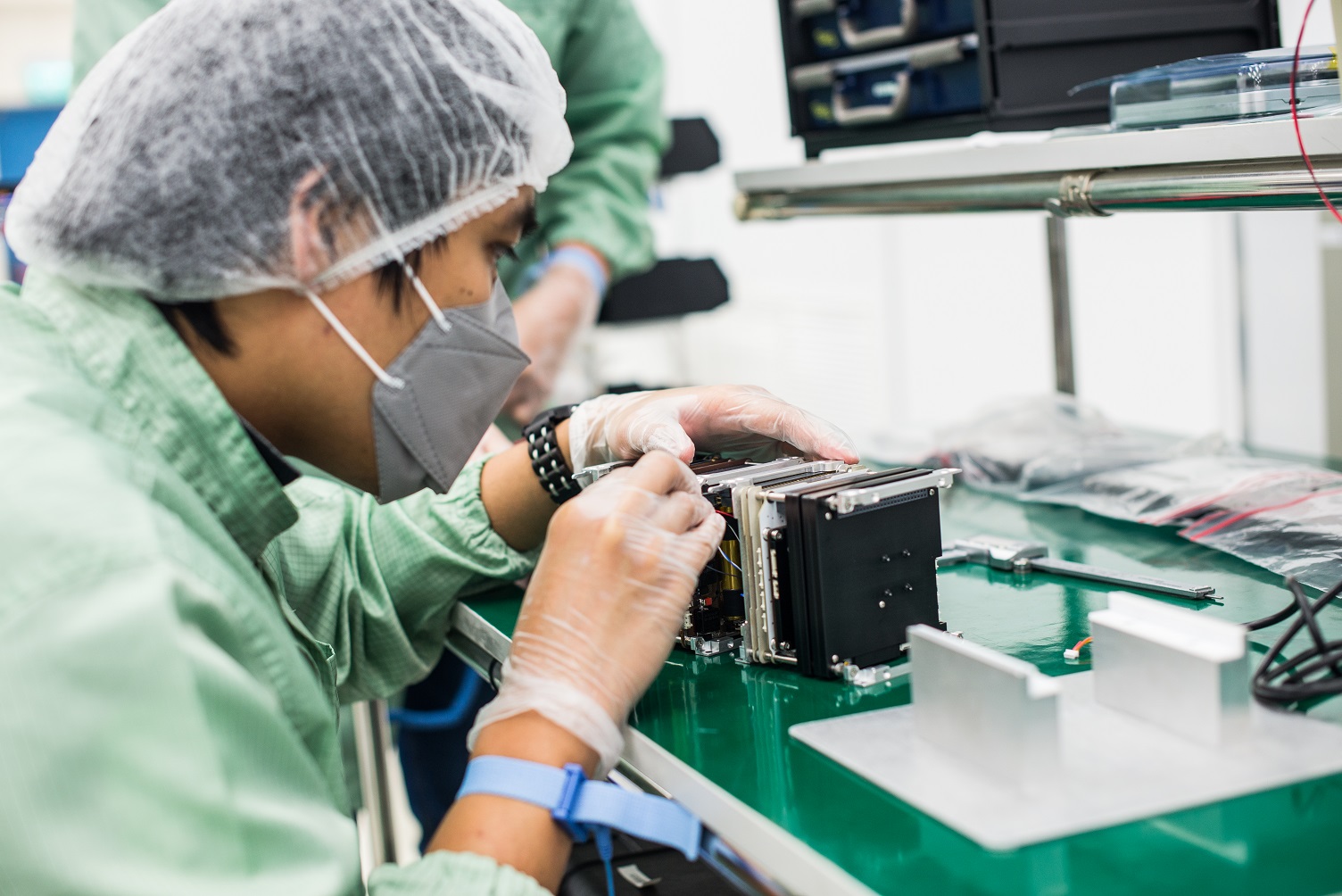
Satellite-As-A-Service
NuSpace offers a range of satellite services catered to various industries, build satellite missions and provide education/training courses
IoT Connectivity Services
Providing IoT Connectivity to Remote Locations
What's the goal?
NuSpace's IoT satellites empowers users with next layer of data - by enabling sensor-to-satellite communication for mass low-cost remote sensors deployed anywhere, everywhere.
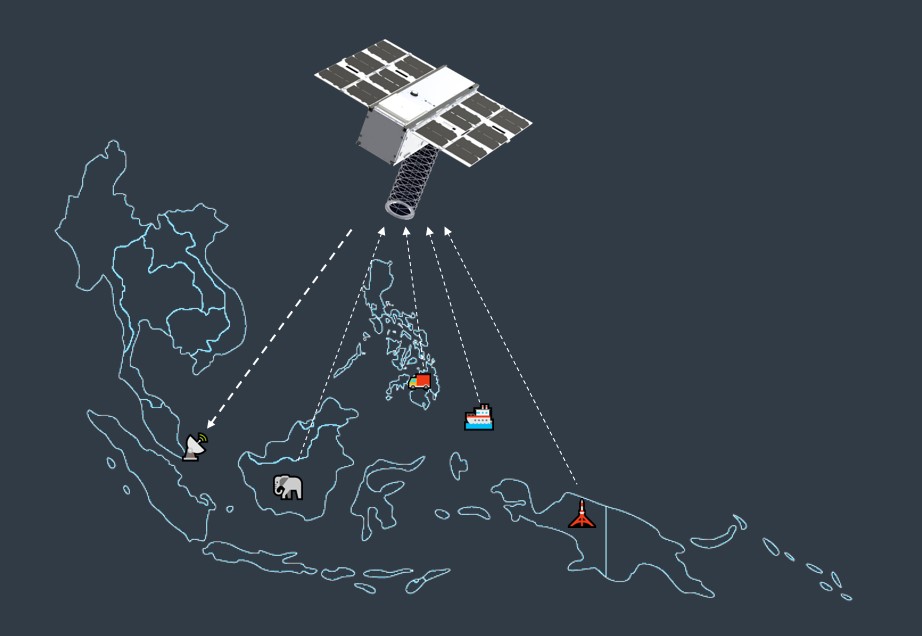
How Does It Work?
NuSpace's IoT network offers a convenient and reliable solution for collecting data from remote sensors.
Our innovative technology allows for simple sensor-to-satellite communication, enabling us to collect data from anywhere within our covered region, so long as the sensor matches the LoRaWan Protocol. This makes it easy for users to access data from remote locations, even in areas without network infrastructure.
Our network conveniently disseminates the collected data directly to the user over the internet, allowing for easy access and analysis.
With NuSpace, remote IoT has never been easier.
The Sensors
- Deploy and Forget
- Low Cost, Long Battery Life, Small and Compact
- Direct-to-Satellite Communication
Need NuSpace to design one for you? No problem! Simply drop us a message today!
Satellite As A Service
NuSpace makes access to space simple.
Design
NuSpace designs satellite missions from the ground up
Build
NuSpace builds and integrates the entire satellite for you
Test
NuSpace performs environmental testing to ensure compliance
Launch
NuSpace handles launch slot bookings for your satellites

Our Products & Services
The requirement matrix typically includes information about the spacecraft's intended mission, such as its operational environment, target orbit, and any specific tasks or objectives it is expected to accomplish. It may also include information about the spacecraft's performance capabilities, such as its power, propulsion, and communication systems. Additionally, the matrix may include other relevant factors, such as the spacecraft's size, weight, and structural requirements.
Once the requirement matrix is complete, it is used as a reference and guide for choosing suitable satellite subsystems to be used in the spacecraft design. This may involve selecting specific components, such as sensors, actuators, and control systems, based on the requirements outlined in the matrix. By using the requirement matrix as a starting point, engineers and designers can ensure that the spacecraft is capable of meeting the customer's needs and successfully completing its intended mission.
While the subsystems are being procured, the satellite's mission software is developed. This software is responsible for controlling and coordinating the actions of the spacecraft, and it must be carefully designed and tested to ensure that the satellite will operate reliably and stably. NuSpace's engineers and developers run a series of tests and simulations to verify the functionality and performance of the mission software.
Once all of the subsystems have been procured, assembly and integration of the spacecraft can begin. This typically involves carefully combining the various components and subsystems into a single, cohesive system, and testing the resulting spacecraft to ensure that it functions as intended. NuSpace can provide assistance with this process, using its expertise and experience in spacecraft design and assembly to help ensure that the spacecraft is built correctly and meets all of the necessary requirements.
Additionally, NuSpace can assist with the environmental testing of satellites. This typically involves subjecting the spacecraft to a series of tests that mimic the harsh conditions it is likely to encounter on the journey to space and in space. These tests may include extreme temperature variations, vacuum conditions, vibrational loads and other factors that are necessary to verify the satellite's performance and durability. By conducting environmental testing, NuSpace can help to ensure that the spacecraft is capable of surviving and performing its mission in the challenging environment of space.
Once the payload has been integrated and all necessary tests and simulations have been performed, NuSpace will launch the satellite into space and begin operating the payload experiments. This may involve conducting a series of experiments or tests to validate the functionality and performance of the payload technology, and collecting data and other relevant information. The results of these experiments will be provided back to the customer, allowing them to gain valuable insights and data about their technology in a real-world space environment.
In addition to providing a convenient and cost-effective way to validate technology in space, payload ridesharing with NuSpace offers a quick turnaround time for fast turn-key solutions. This means that customers can get their technology into space quickly and without the need for long-term planning or complex regulatory processes. As a result, payload ridesharing can be a valuable option for customers who want to quickly and efficiently validate their technology in space.
